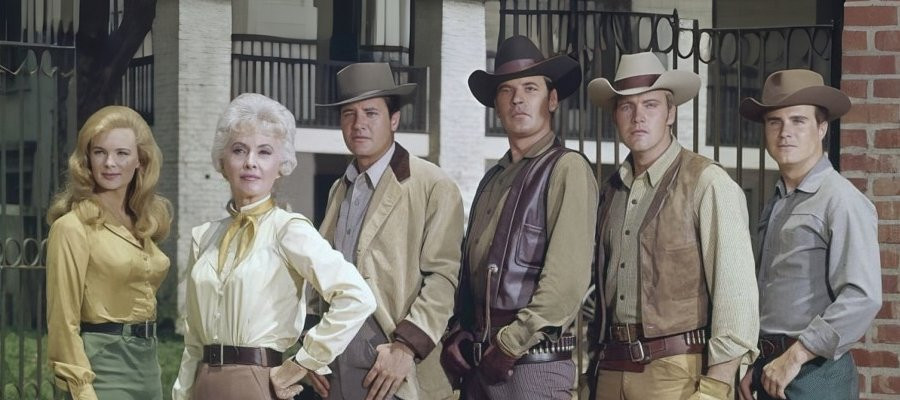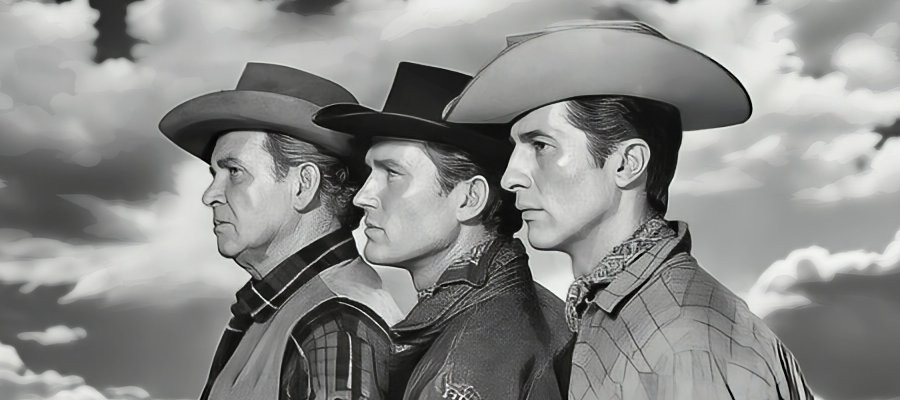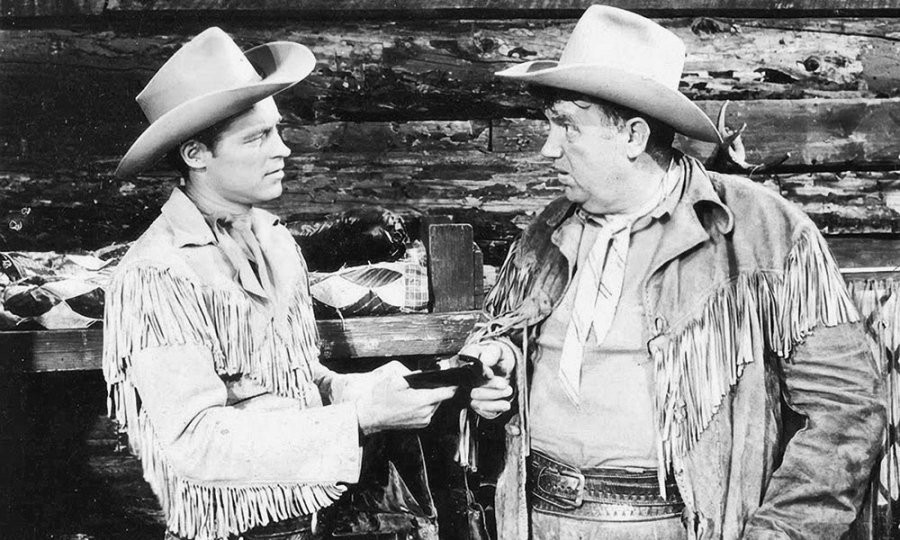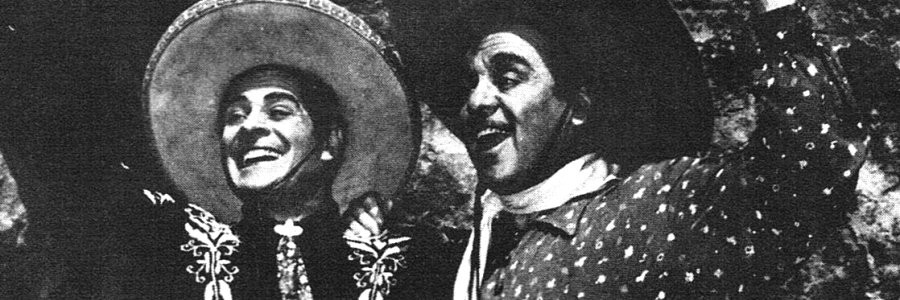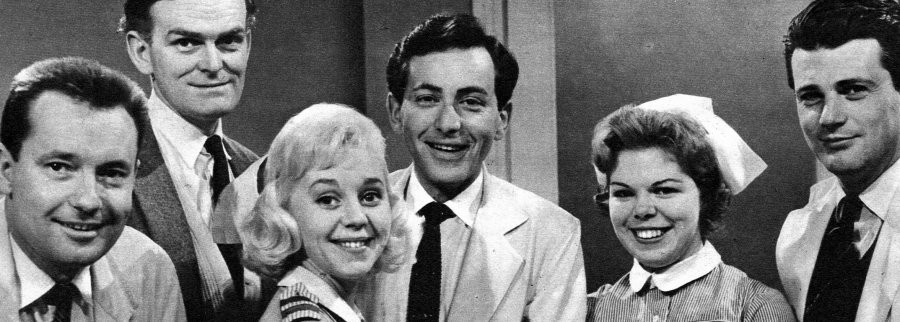
Sugarfoot
1957 - United StatesIn the crowded saddlebag of 1950s American Westerns, Sugarfoot stands out as a softer, more civilised take on the genre. Starring the affable Will Hutchins as Tom Brewster, a would-be lawyer and reluctant cowboy, the series first emerged as a single instalment within the anthology series Conflict, broadcast on ABC between 1956 and 1957. Conflict itself rotated weekly with Cheyenne, and when Conflict was ultimately cancelled, Sugarfoot took its place as a regular feature, continuing the alternating schedule with Cheyenne from 1957 to 1959.
What made Sugarfoot rather unique among its gun-slinging peers was its unashamed aversion to violence. Tom Brewster was no hardened gunslinger — in fact, he was more inclined to talk his way out of trouble than reach for his holster. A gentle, bookish character with a law degree in progress and a strong moral compass, Brewster’s approach to conflict was often more courtroom than corral. It was a refreshing twist on the Western formula, positioning intellect and empathy as virtues in a genre more often dominated by brute force and revenge.
Devised specifically as a vehicle for Hutchins after Warner Bros. signed the young actor to a contract, the show played to his strengths — boyish charm, comic timing, and an endearing awkwardness that made him an appealing counterpoint to the more grizzled Western leads of the day. Hutchins gave Brewster a wide-eyed sincerity that resonated with audiences looking for a different kind of frontier hero.
After two years paired with Cheyenne, Sugarfoot went on to alternate with Bronco between 1959 and 1960, before joining a trio of rotating Westerns in its final season (1960–61), again under the Warner Bros. banner. Despite never achieving the enduring fame of some of its stablemates, Sugarfoot carved out a niche audience who appreciated its lighter tone and principled protagonist.
It’s also worth noting that Conflict, the series that birthed Sugarfoot, spawned one other significant success — the stylish detective drama 77 Sunset Strip. Still, it’s Sugarfoot that remains one of the more unusual and charming relics of the Western boom: a show where brains triumphed over bullets and the Old West was just a little more polite than usual.
Seen this show? How do you rate it?
Seen this show? How do you rate it?
Published on February 4th, 2019. Written by Skip Wilson Jr. (2025) for Television Heaven.



